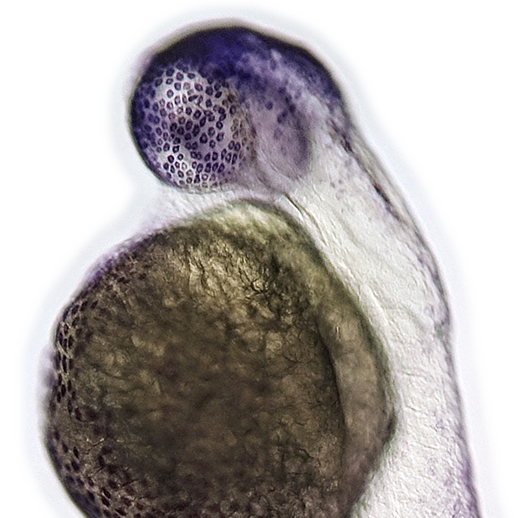ZFishSkin.net

Tissue-specific transcriptomes reveal gene expression trajectories in two maturing skin epithelial layers in zebrafish embryos
Shawn J. Cokus*, Maricruz De La Torre†, Eric F. Medina†, Jeffrey P. Rasmussen*,1, Joselyn Ramirez-Gutierrez†, Alvaro Sagasti*, and Fang Wang†,2
*: Department of Molecular, Cell, and Dev. Biology, UCLA
†: Department of Biology, CSU, Dominguez Hills
1. Current address: Dept. of Biology, Univ. of Washington
2. Corresponding author
All epithelial cells share certain common characteristics, but each epithelial cell type also possesses unique features, including the types of junctions they form, the extracellular molecules they secrete, and specialized morphological features. To characterize common and distinct genetic programs during epithelial cell maturation, we profiled gene expression in zebrafish periderm and basal cells, the two epithelial cell types that make up the bi-layered embryonic skin, at three developmental stages. These analyses identified gene categories and genes whose tissue enrichment changed at each stage, defining gene flow dynamics of maturing vertebrate epithelia and specific gene signatures of each cell type.